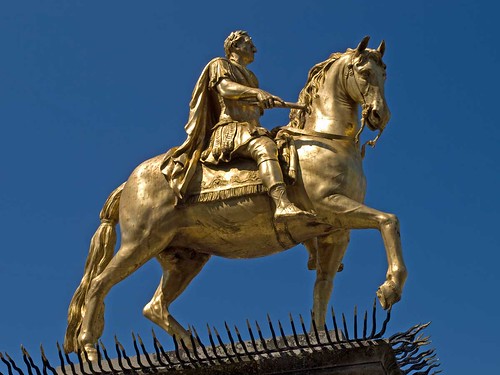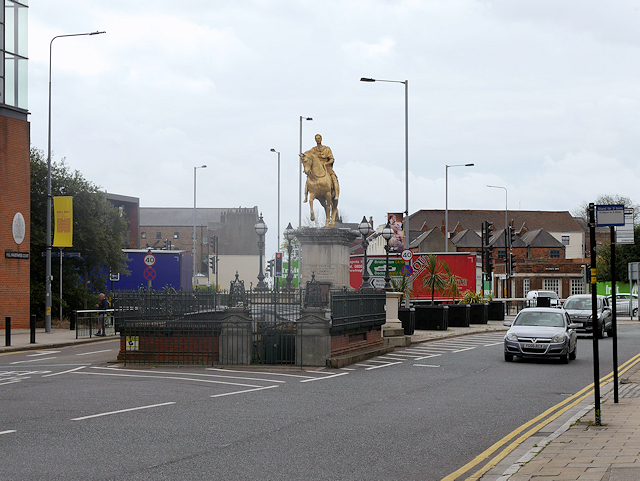As King of Scotland, he is known as William II. He is sometimes informally known as 'King Billy' in Ireland and Scotland. His victory at the Battle of the Boyne in 1690 is commemorated by unionists, who display orange colours in his honour. King Billy Statue, Kingston-upon-Hull: See 20 reviews, articles, and 27 photos of King Billy Statue, ranked No.36 on Tripadvisor among 81 attractions in Kingston-upon-Hull. The gilded statue of King William III is one of Hull's most distinctive landmarks. Installed in 1734, the sculpture features what appears to be a Roman emperor sat astride a horse. The Roman theme was the idea of sculptor Peter Scheemakers, but an inscription on the front of the statue reveals the true identity of the rider above. King Billy is a top online casino that meets all of the criteria to be considered among the best. They are licensed and regulated under the laws of Malta. Player security is taken seriously and information is protected by the latest encryption methods. The Official Charts Company - Home of the Official UK Top 40 Charts.
- Billy And Gloria Hull
- Billy Hull Murder
- King Billy Hull Facebook
- Billy Hull House
- King Billy Hull Actor
- King Billy Hull Pub
The gilded statue of King William III is one of Hull's most distinctive landmarks.
Installed in 1734, the sculpture features what appears to be a Roman emperor sat astride a horse.
The Roman theme was the idea of sculptor Peter Scheemakers, but an inscription on the front of the statue reveals the true identity of the rider above.
It says: 'This statue was erected in the year 1734 to the memory of King William the Third our Great Deliverer'.
Today, the familiarity of the King Billy statue in Market Place makes it easy to forget why it's there in the first place and exactly what sort of delivery business the late monarch was involved in.
Needless to say, it had nothing to do with pizzas or Amazon-style brown boxes.
Instead, the reality is far more dramatic and involves a near-invasion of Hull, a bloodless coup and a long-forgotten annual day of local celebration which took place for over 100 years.
The story behind the statue starts in late 1688 amid mounting tensions over the immediate future of King James II.

At the time the Catholic king's popular support was weakening, chiefly because of his determination to convert the country to his religion.
Without a son for many years, an heir apparent was his Dutch-born son-in-law Prince William of Orange who was a Protestant.
When James finally fathered a son, anti-Catholic feeling swept through the country and resulted in a group of noblemen secretly urging William to intervene to prevent the king packing parliament and the armed forces with Catholic supporters.
Prince William set sail with an invasion force of around 100 ships on October 19 but was driven back by a storm.
Read More
Related Articles

Read More
Related Articles
The fleet sailed again two weeks later but across the North Sea in England no-one seemed to know what part of the coast it was bound for.
Because of its strategic position, the port of Hull was a likely landing point and preparations had been put in place for a siege, including plans to deliberately flood the surrounding countryside by destroying drainage dykes.
The activity centred on the Citadel, a military fortress at the mouth of the River Hull close to where The Deep stands today.
Billy And Gloria Hull
A garrison there was under the command of Lord Langdale, the then governor of Hull and a leading Catholic supporter of the king.
Billy Hull Murder
Langdale fully expected William's invasion fleet to appear in the Humber and but he already had his hands full providing sanctuary to Catholics fleeing to Hull from the East Riding where Protestant support was rising.
As it was, the weather intervened again and more strong winds eventually took William's fleet to the Devonshire coast where 15,000 troops landed at Brixham.
Hull remained under Catholic control until December 3, when a plot by Langdale and his supporters to lock up all the Protestant officers at the garrison was uncovered.
Secretly backed by the town's magistrates and other leading figures, rebel Protestant officers organised a counter-coup and arrested Langdale and his cohorts, putting them behind bars in the Citadel's cells instead.
The events in Hull finally crushed any lingering hopes James had of winning support for his cause ion the north of England and on December 11 he fled the throne.
King Billy Hull Facebook
The Citadel coup became known as Town Taking Day, which would be celebrated for Hull for years to come.
However, the annual festival is unlikely to have been the equivalent today's Humber Street Sesh as Hull's established reputation as a hotbed of Puritan faith frowned on theatre-going, gambling, drinking and idleness.
Eventually, however, a less sober approach was adopted.
Billy Hull House
The installation of the King William cemented Hull's Protestant credentials and a contemporary report of the town's centenary celebration of Town Taking Day in 1788 suggests a continuing love affair with King William's Glorious Revolution.
Watch: Can you recognise Hull pubs and bars from these nostalgic pictures?
'The concourse of persons who flocked into the place from all parts of the surrounding country was immense, and the visitors as well as the inhabitants, were splendidly decorated with orange ribands.'
A procession, a special service at Holy Trinity Church and an evening of 'elegant and sumptuous entertainments' at the Guildhall were followed by fireworks and triumphal archway being erected over the statue.

King Billy Hull Actor
Fast forward to 2020 and the recent conversion of the former King William House office block into apartments and the imminent re-opening of nearby historic King Billy pub as a live music venue have once again shifted the focus back onto the statue which has inspired their names.
Sadly, some of the statue's eye-catching gilt paintwork is looking a little shabby while the equally famous Grade II listed toilets which it stands above remain closed.
King Billy Hull Pub
Perhaps it's time for the King to get his lustre back and for someone at the city council to re-open the loos to the public once again.